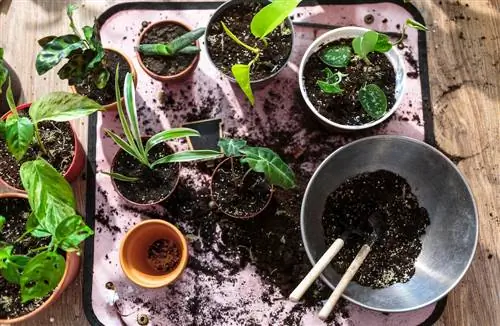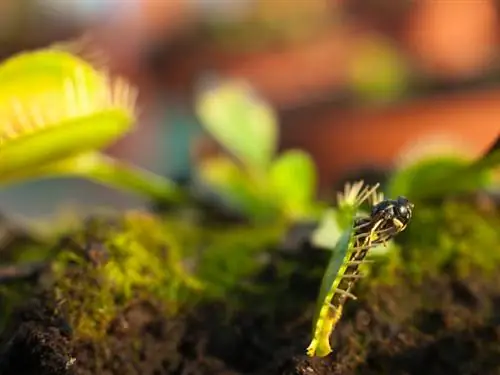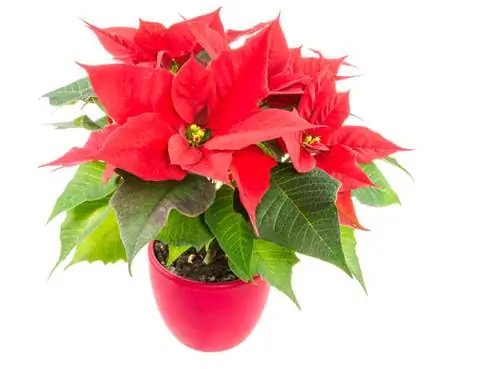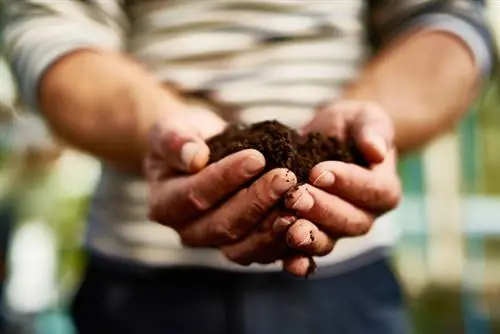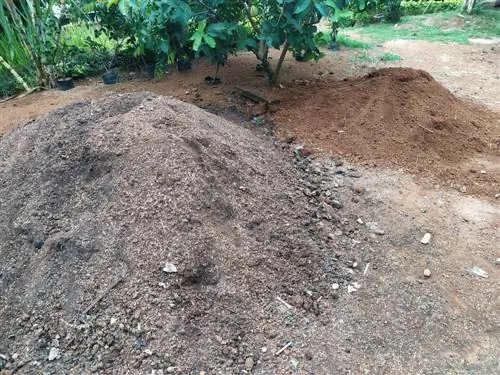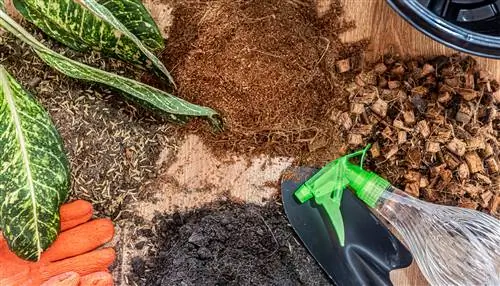- Author admin [email protected].
- Public 2023-12-16 16:46.
- Last modified 2025-01-23 11:22.
The ideal substrate for alocasia is slightly acidic, structurally stable, airy and loose, temporarily stores nutrients and water. Ready-to-use substrate for arum plants can be purchased on Amazon or in a garden center. You can mix the best Alocasia soil yourself from individually tailored ingredients. This is how it works.

How do I mix the ideal Alocasia soil myself?
You mix the perfect Alocasia soil yourself from 2 parts coconut soil, 2 parts pine bark, 1.5 parts perlite, 1 part activated carbon, 1 part worm humus and 1 part sphagnum moss. This mixture ensures a slightly acidic, structurally stable, airy and nutrient-rich environment for the plant.
How can I mix the perfect Alocasia soil myself?
The perfect substrate for your Alocasia is a mix oforganic ingredientsandmineral additives Ideally, the soil mixture consists of coconut soil, pine bark, perlite or clay granules, sphagnum, activated carbon and worm humus. How to mix the substrate correctly:
- Mix 2 parts fertilized coconut soil and 2 parts pine bark.
- 1, mix in 5 parts perlite and 1 part pre-fertilized activated carbon.
- Add 1 part worm castings and 1 part sphagnum moss.
- Mix all ingredients again.
What is the simplest substrate mix for an Alocasia?
The simplest mixture for good Alocasia soil consists of 50% peat-free potting soil and 50% inorganic additives such as sand, lava granules or expanded clay. Coarse-grained, mineral ingredients make Alocasia soil not onlystructurally stableandair-permeable, but also act as a drainage to protect against waterlogging.
Because the tropical houseplant thrives in slightly acidic green plant soil, you can enrich the substrate mixture with a handful of cactus soil. By the way, this tried and tested mix is ideal as a substrate for many arum plants, such as Philodendron and Monstera.
Tip
Alocasia prefers high humidity
For he althy growth, the elephant ear wants uniform moisture in the substrate and in the air. Correct watering behavior aims to ensure constant core moisture in the root ball. Soaking wet soil should be avoided because waterlogging causes yellow leaves. To increase the local humidity, place the arrow leaf in a saucer filled with water and pebbles or you can care for the houseplant hydroponically.

